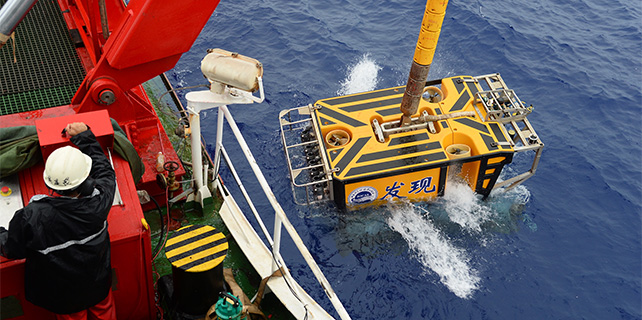Banks' NPL ratio stays stable at 1.74 percent
 |
|
A Bank of China Ltd branch at Wangfujing Street in Beijing. [Photo/China Daily] |
China's credit asset quality remains generally stable, with the nonperforming loan ratio of commercial banks unchanged, quarter-on-quarter, at 1.74 percent as of June 30, said the country's top banking regulator.
During the same period, commercial banks in China posted a slight increase of 3.56 percent in the balance of nonperforming loans to 1.64 trillion yuan ($246 billion).
The allowance for loan impairment losses grew by 2.65 percent to 2.9 trillion yuan, enhancing commercial banks' ability to fight potential risks, according to statistics released on Monday by the China Banking Regulatory Commission.
The stabilization of growth in the NPL ratio was reflected in the interim report of some listed banks as they started to announce half-year financial results in August.
Huaxia Bank Co Ltd, a Beijing-based national joint-stock commercial bank, recorded a 1 basis point decrease in its NPL ratio, quarter-on-quarter, to 1.68 percent as of June 30.
The bank said in its 2017 interim report: "We took proactive measures to optimize the structure of our credit business and step up efforts to deal with problem loans, so that the overall risks associated with our assets are controllable."
Ping An Bank Co Ltd said some of its clients, including private small and medium-sized enterprises and low-end manufacturers, suffered a profit slump and financing difficulties, which caused capital chain tension. But the Shenzhen-based commercial lender "took multiple measures to improve asset quality, such as strengthening risk monitoring and warning, defusing potential risks, and stepping up debt collection and bad loan clearing", according to its interim report.
The bank kept its allowance for loan impairment losses to nonperforming loans at 161.32 percent, well above the regulatory requirement of 150 percent.
Zhang Xingrong, head of banking research at Bank of China's Institute of International Finance, said: "China's economy grew 6.9 percent in the first and second quarters, faster than expected, laying the foundation for the stabilization of commercial banks' asset quality.
"Besides, China continued to push ahead with supply-side structural reform. Commercial banks stepped up NPL disposal by taking part in debt-to-equity swaps and establishing distressed asset management companies. Regulators also tightened controls over credit risks. All these factors helped banks contain the rate of growth in bad loans."
The balance of special mention loans, potentially weak loans or assets presenting an unwarranted credit risk, accounted for 3.64 percent of total loans as of June 30, falling from 3.77 percent as of March 31 and 3.87 percent as of Dec 31.
"If special mention loans are well contained, we will continue to see a trend of nonperforming loan stabilization," Zhang said.








